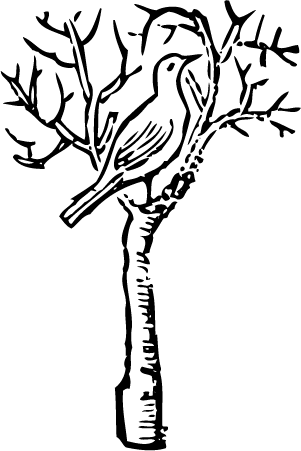 The Paths of Sounds
The Paths of Sounds

The Cars
The house sits high up on a hillside, surrounded by etchings of valleys set down by streams. One of the valleys proved useful, once, a place where a wide road could go, so they cleaned out the bottom and sent four lanes of highway through it, winding up from the river. The sound from it isn't so intrusive: it is a background hum, louder in the summer when the windows are open. Sometimes sirens go by down there in the valley, and those are noticeable, but not unwelcome. The sirens are usually medical, and I take that as a signal of someone, somewhere, trying to help. The compression brakes on the trucks are a little bit loud, but there is enough of the lip of the hill to protect the house from most of that. I look forward to when the trucks are electric.
The main intrusions from the cars rise up from the traffic light at the bottom of our little valley, where the late afternoon angry commuters lean on their horns, mistaken in the impression that they have a button that will move things out of their way. It never works, but they don't stop trying.
The Trains
On the far side of the nearby hills rolls a river, and in this part of the world the river's gift of flatness is often taken advantage of by rail. Trains roll through the valleys in snaking lines that run next to the water, sometimes upstream, sometimes down. When these trains come to crossings, they toot, powering many decibels through the air before them to warn those ahead they are coming.
There are nights they are distant, soft. There are nights when they are loud, close, and it seems as though they are here, in this valley, perhaps attempting to get through the traffic light. It is an illusion: it is when the clouds are just right to provide surface to send the sound up from the river valley back down into ours.
The Planes
There is an airport near here, over there, off in that direction. Friends live closer to it on a common approach vector, and it's enough that sometimes conversations in their back yard need pause as a plane moves by overhead, uncannily slow, protestation loud. This house is under the same approach vector, but earlier, when the planes are higher, the engines tempered by distance.
There are nights, though, when the air is particular. The planes roll in, and just as the leading edge of the noise they make approaches, they unfold themselves, lowering landing gear and dropping the flaps. The transition makes a new noise, a deep shifting of tone and timbre, and on nights when the air is just right the roar becomes enormous, filling the sky.
 Thatch & Crow
Thatch & Crow